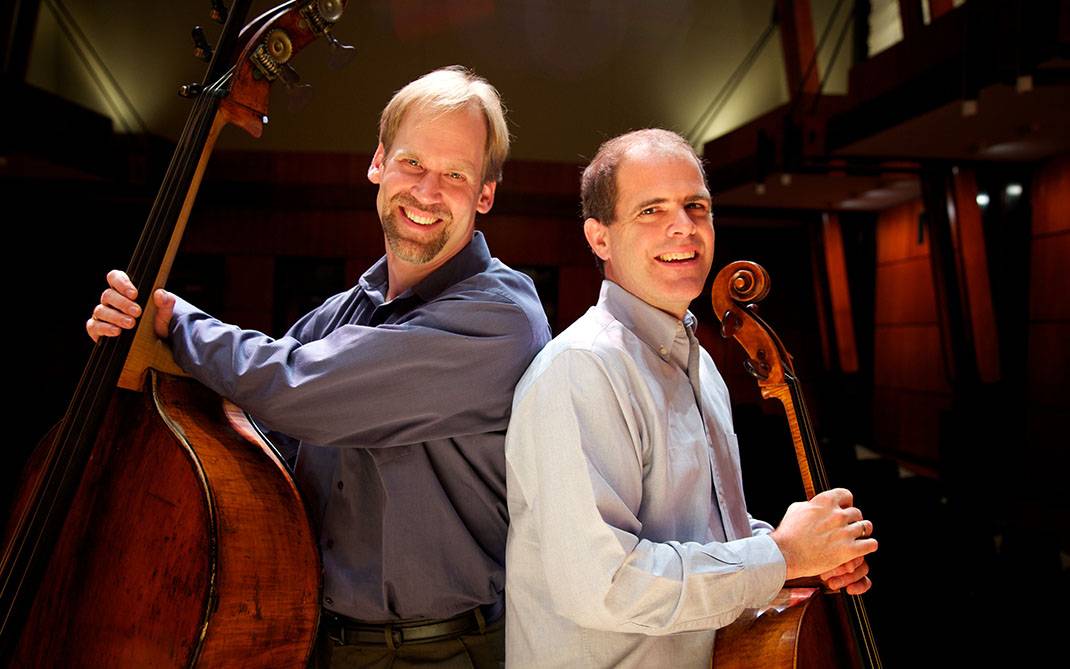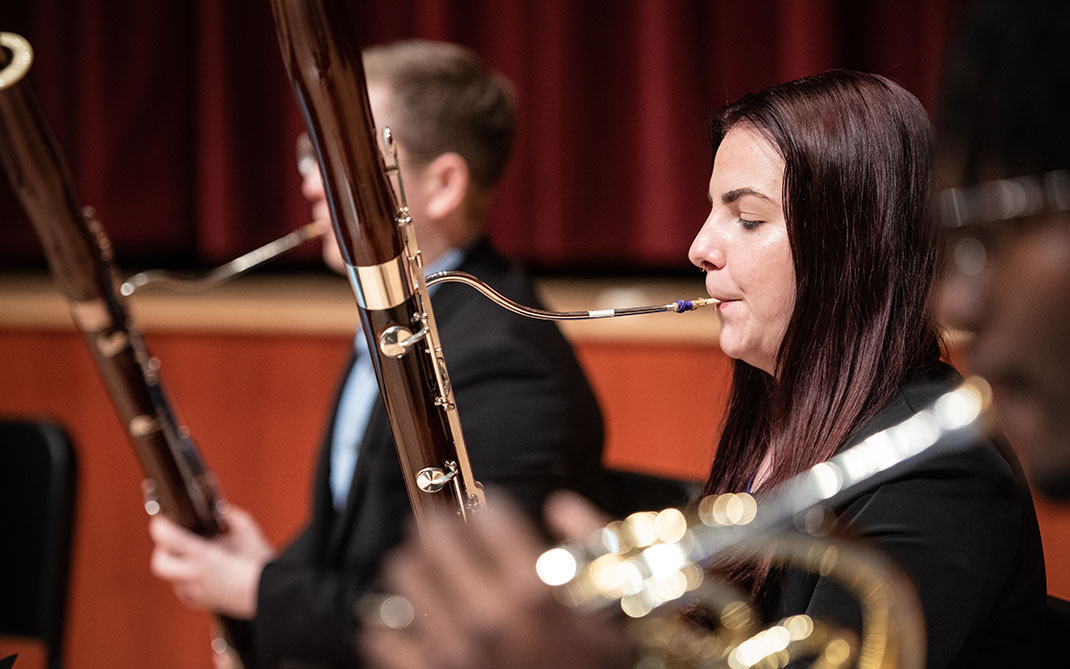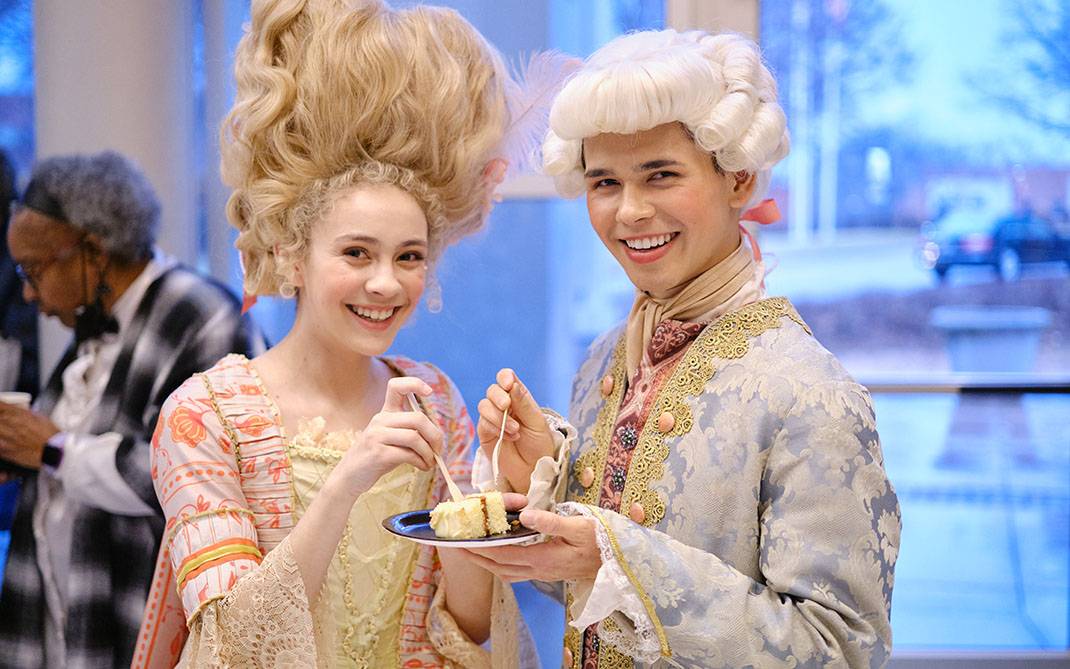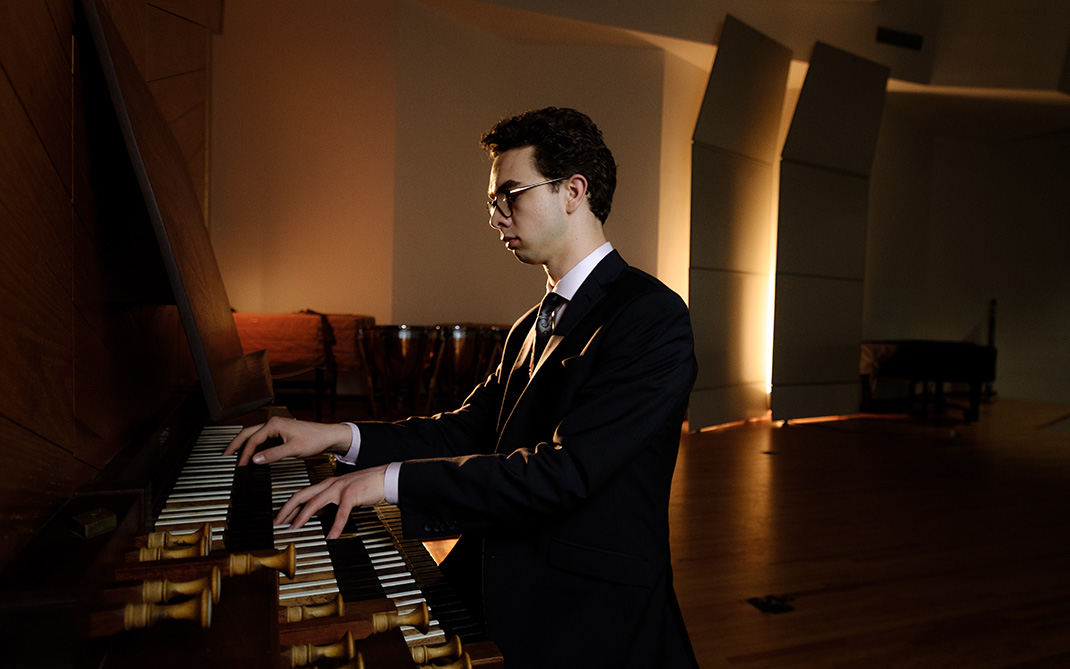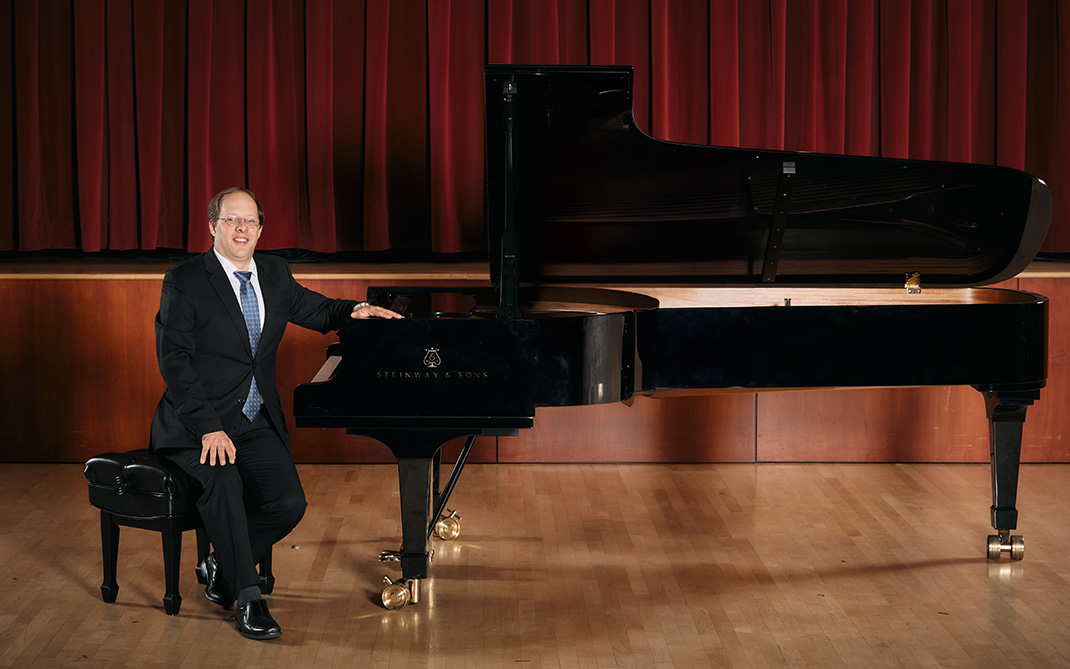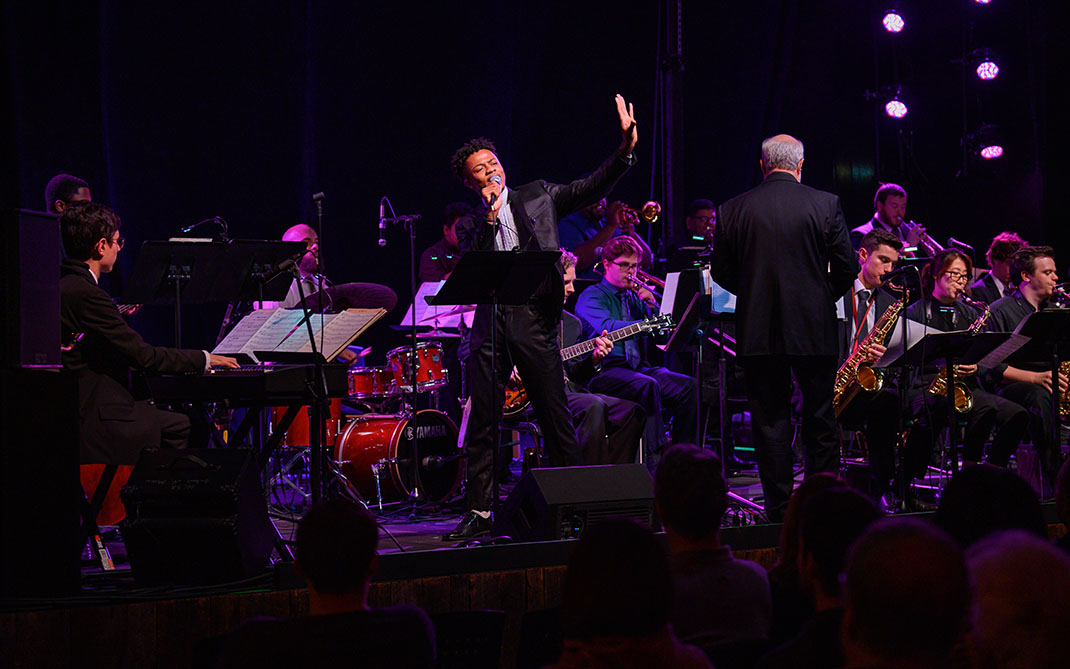UNCSA Forward: Interdisciplinary Work in the Arts
Dear Campus Community,
On Oct. 1, I presented the vision for our next strategic plan and asked our campus
community to engage in providing feedback that will shape our final plan. As we go
through this planning process, I will be sending regular communications to provide
additional information about each of the core strategies that comprise UNCSA Forward. These core strategies are Equity, Diversity, Inclusion and Belonging (EDIB); Health
and Wellness; Maintaining and Expanding Industry Relevance; Institutional Sustainability;
and Interdisciplinary Work in the Arts. Today, as the next in a series of communications
about these strategies, I’d like to share more thoughts on our opportunities for increased
Interdisciplinary Work in the Arts.
The mission of our institution is first and foremost to train artists. We provide
gifted emerging artists with the experience, knowledge and skills needed to excel
in their disciplines and in their lives. Direct and meaningful experiences with the
intersections of those disciplines is a critical component in the development of artists
for the global arts and entertainment industry of today and beyond. It’s not just
a "nice to have" for young artists — it is a "must have."
What we continue to see throughout the industry is that the work that is being created
today does not exist in the same kind of silos and categories that it has in the past.
Highly skilled students in any arts discipline will have access to another realm of
opportunities when they also have direct experience with how their craft intersects
with others — and an arts ecosystem like UNCSA is better-positioned to provide that
kind of experience than almost any other institution. There is a lot of collaborative
and interdisciplinary work already happening on our campus, but the reality is that
we are just scratching the surface. Opportunities to work on interdisciplinary projects
that transcend traditional institutional boundaries will be an enormous complement
to our students’ learning and will prepare them for successful 21st-century careers
in a way that very few other institutions in this country can. In essence, we want
to embrace our role as a conservatory that hones and develops their craft, but also our role as a laboratory that makes the space for highly skilled artists of each discipline to work together
to create what is next.
Two examples of initiatives aimed at creating capacity and space for interdisciplinary
opportunities are already underway. They are integrating the new Studio for Creative Practice into our arts and academic programs, and developing streamlined and aligned campus
calendars through the Collaborative Scheduling Initiative (CSI).
After a decade of collaborative research and design, the Studio for Creative Practice took shape in 2019 in the Division of Liberal Arts (DLA) as a place for up to two
dozen students from all of our arts schools to immerse themselves in courses on creative
research, collaboration and experimentation in interdisciplinary art. In the first
course, students practice how to discover new ideas, research their topics, test concepts,
and bring art to life between and across disciplines, methods and media. In the advanced
course, students develop an idea as they will post-college as professional artists,
including communicating with collaborators, sustaining research and testing, developing
audiences, identifying funding sources, writing grants and proposals, and ultimately
going public with a work of interdisciplinary art. You can experience work created
through this practice with fourth-year student Marina Zurita’s devised work, "Mother
Tongue," based on research and interviews done with a community of trash pickers in
her native country of Brazil, when it is presented this spring as part of the performance
season.
The Collaborative Scheduling Initiative is an ambitious universitywide undertaking that can help us create time and space
for interdisciplinary work, as well as better balance on campus in workload and schedule.
Our work groups have already taken the first steps toward creating a new calendar
template by spring 2022 that would be used in planning for the 2023-24 academic year.
With a goal of developing a production calendar that better aligns with the structure
of the academic calendar, CSI also seeks to utilize a block schedule model for the
campus that contains recurring times or spaces for interdisciplinary work while upholding
two other core strategies: EDIB and health and wellness. In addition, CSI also would
maximize our longstanding Intensive Arts program at UNCSA, leveraging its inherent
interdisciplinary opportunities in a way that would enable full participation by all
our conservatories.
Over the past month I have been visiting meetings with faculty, staff and students
to hear feedback and ideas about these proposed strategies for UNCSA. Everyone in
our community has the opportunity to share their ideas about Interdisciplinary Work
in the Arts, or any aspect of UNCSA Forward, by filling out the survey which was sent out on Oct. 18, and is open until Nov. 19. Survey responses are anonymous
and will be used by the Leadership Council to refine and finalize the strategic plan
in order to present it for approval by the Board of Trustees in December.
Sincerely,
Brian Cole
Chancellor
November 09, 2021
